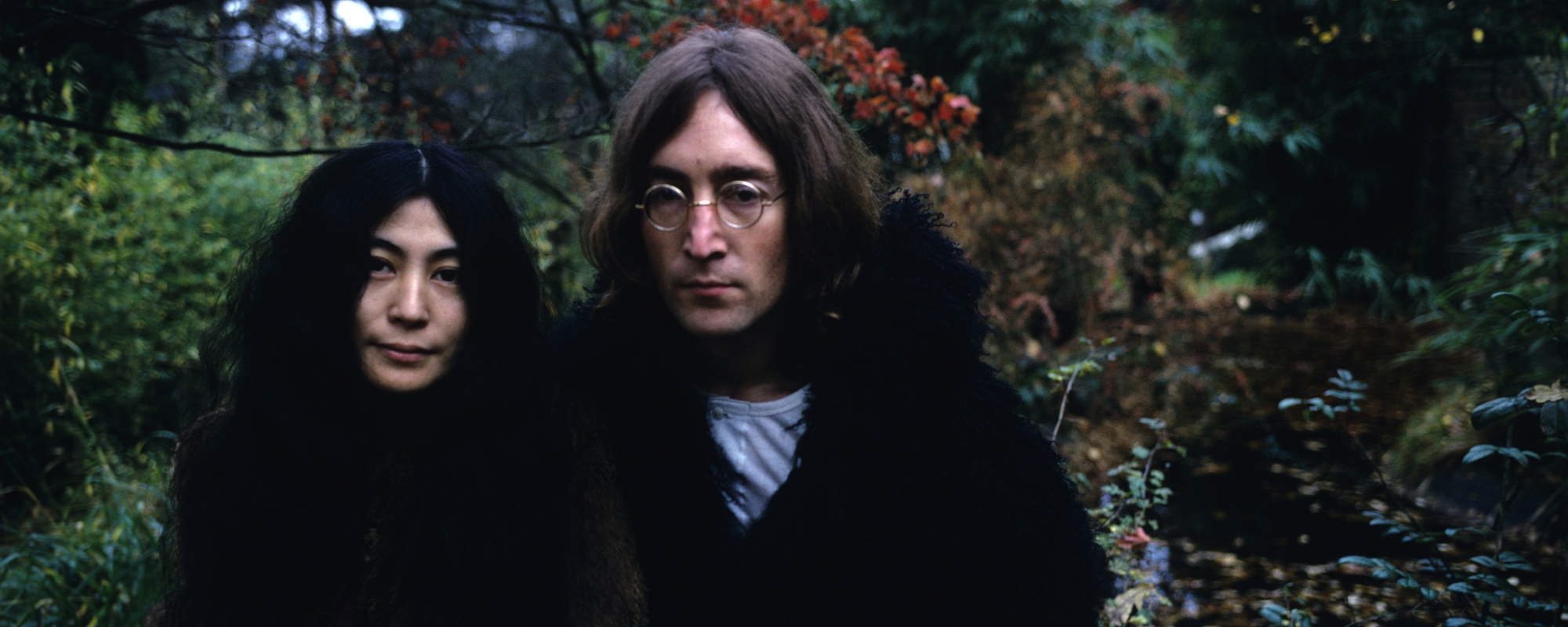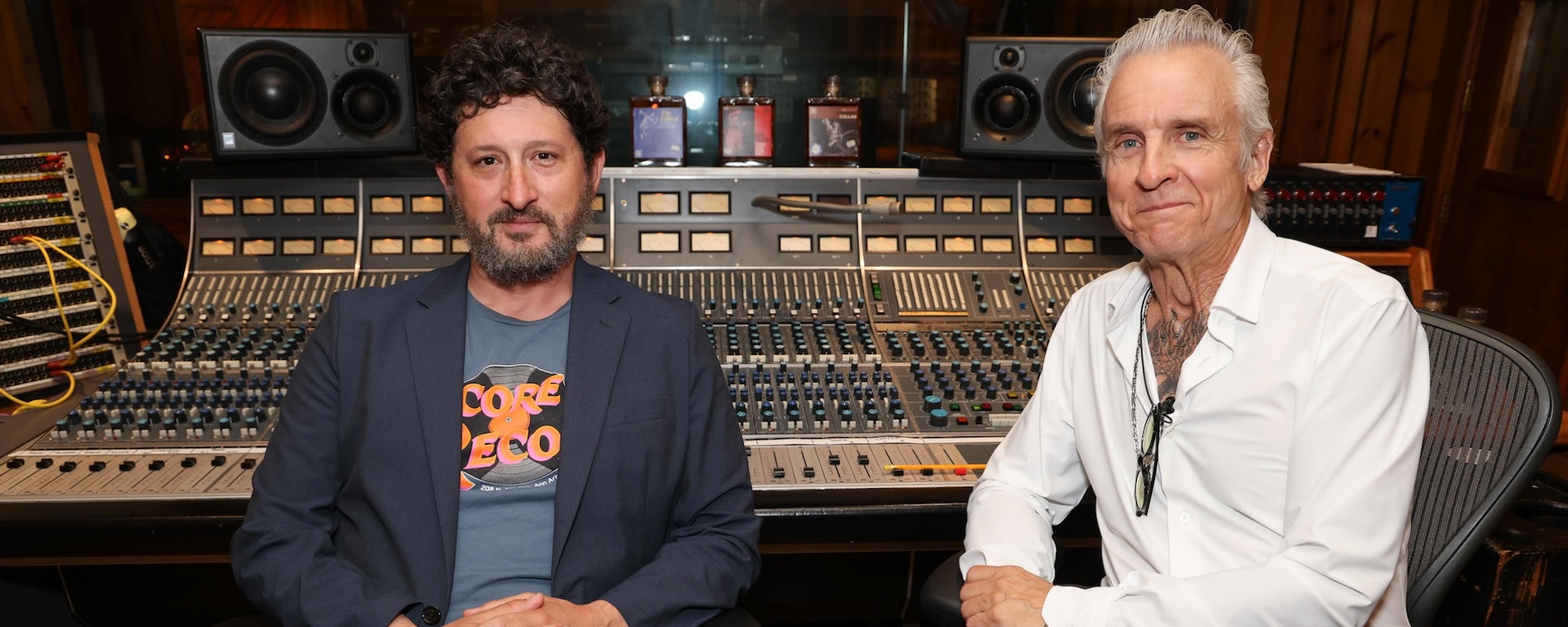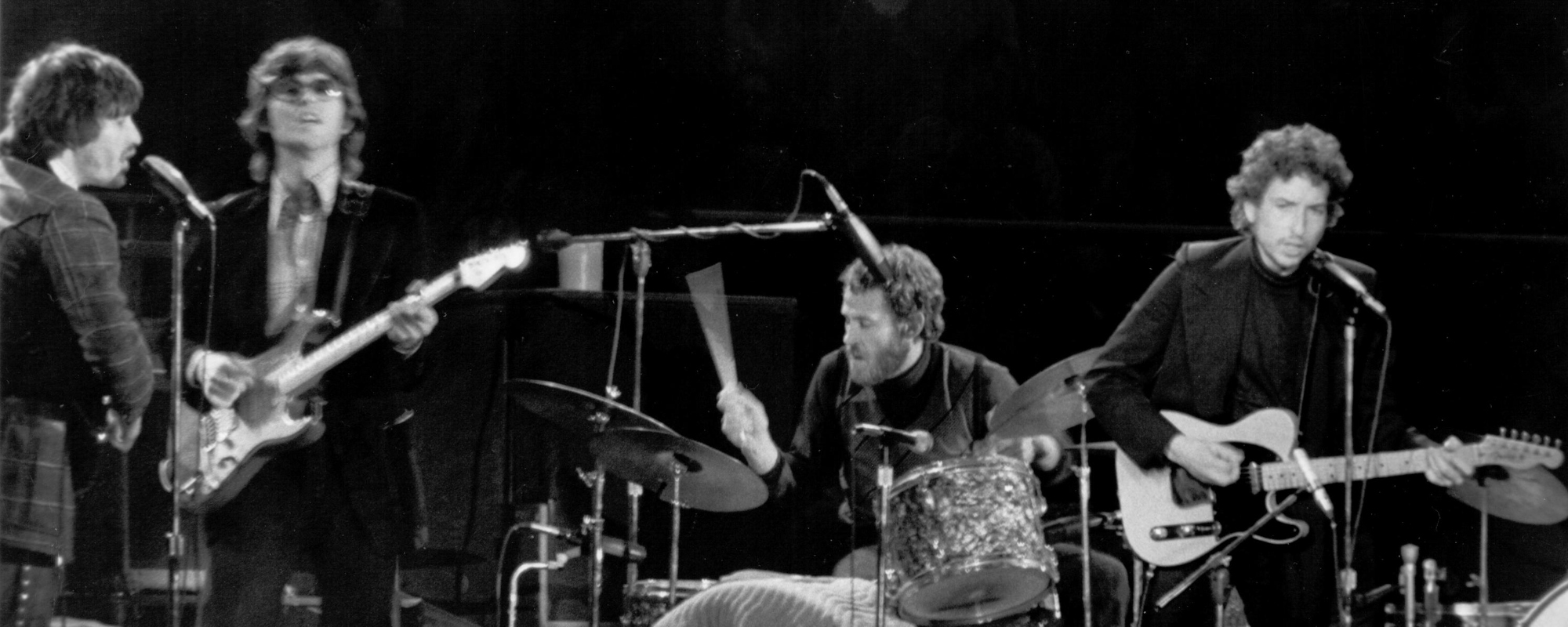What do you do if you are John Lennon at the height of Beatlemania and you want to get away from it all?
Videos by American Songwriter
You go home.
But peace didn’t last long. The country house gave Lennon refuge, but it also brought boredom. So he did nothing. Until he wrote “Nowhere Man.”
Hideaway
Lennon had escaped to his home in Weybridge, England, in an attempt to hide away from the mass hysteria surrounding The Beatles. But the silence became too much to tolerate. After a while at home, he felt isolated.
He’s a real nowhere man
Sitting in his nowhere land
Making all his nowhere plans for nobody
He told author David Sheff, “I’d spent five hours that morning trying to write a song that was meaningful and good and I finally gave up and lay down. Then ‘Nowhere Man’ came, words and music, the whole damn thing, as I lay down.”
Sheff’s interviews with Lennon (and Yoko Ono) are compiled in his book All We Are Saying (2000). The interviews were first published in Playboy in November 1980. Lennon was murdered a month later.
Doesn’t have a point of view
Knows not where he’s going to
Isn’t he a bit like you and me?
Lazy Days
In 1966, Lennon told the Evening Standard he was “physically lazy.” He said, “I don’t mind writing or reading or watching or speaking, but sex is the only physical thing I can be bothered with anymore.”
However, writing “Nowhere Man” is doing something. The idea of sitting around with nothing to do created a temporary writer’s block. But once Lennon stopped thinking about anything, the song came to him. He quit trying to write. Gave up to sleep.
Soon, he thought of himself as a “nowhere man” sitting in “his nowhere land.” When Paul McCartney heard the song, it sounded to him like an “anti-John song.” But McCartney also interpreted it to be about Lennon’s marriage to Cynthia Powell.
Still, Lennon hid it all by writing in the third person. Yet McCartney notes a shadow of a confession in the lyric, Isn’t he a bit like you and me, and how Lennon ends on me.
World Music
When The Beatles returned to London following their 1965 North American tour, they began writing songs for Rubber Soul. And Bob Dylan’s influence continued to shape them. But the group also drew inspiration from the American soul artists signed to Motown and Stax Records.
Meanwhile, another new song, “Norwegian Wood (This Bird Has Flown)” featured a sitar and the growing influence of Indian classical music on George Harrison. It helped pioneer what became known as raga rock, later emulated by The Byrds and The Rolling Stones, among others.
He’s as blind as he can be
Just sees what he wants to see
Nowhere man, can you see me at all?
Pushing Abbey Road to Its Limits
On Rubber Soul, The Beatles pushed the conventional limits of the recording studio. What’s now considered industry standard, then, was something like breaking the equipment.
McCartney recalled how the group wanted to make the guitars brighter on “Nowhere Man.” But EMI had limits on how much treble engineers could use. (Treble is the higher frequency range in audio.)
The Beatles recorded the song in two days with producer George Martin and engineer Norman Smith. They captured two takes, with overdubs applied to the second performance.
Additionally, Rubber Soul planted the experimental seeds that grew into The Beatles’ following masterpieces, Revolver and Sgt. Pepper’s Lonely Hearts Club Band. For the Revolver sessions, Smith had moved on to become a producer. He was replaced by 20-year-old engineer Geoff Emerick, who played a crucial role in further transforming the recording studio into a creative tool.
Though Lennon may have felt like a man going nowhere, his stillness created enough movement to change music history.
Photo by Michael Ochs Archive/Getty Images













Leave a Reply
Only members can comment. Become a member. Already a member? Log in.